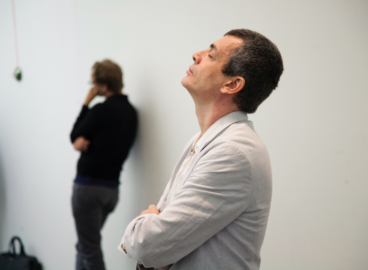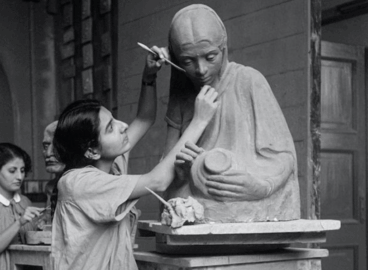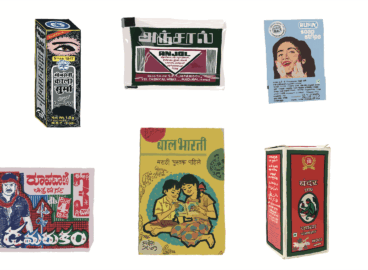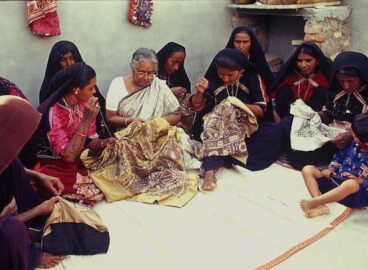The ongoing COVID crisis in India has affected every aspect of daily life and every segment of Indian society. From her vantage point in Delhi, world-renowned photographer Dayanita Singh provides a first-person account of the realities of the current situation, shares with us her knowledge of its effects on her colleagues in arts communities throughout the sub-continent, and indicates what and where help is most urgently needed. Sean Anderson, MoMA’s Associate Curator in Architecture in Design, led the conversation.
Dayanita Singh’s art uses photography to reflect and expand on the ways in which we relate to photographic images. Her recent work, drawn from her extensive photographic oeuvre, is a series of mobile museums that allow her images to be endlessly edited, sequenced, archived and displayed. Stemming from Singh’s interest in the archive, the museums present her photographs as interconnected bodies of work that are replete with both poetic and narrative possibilities.
Sean Anderson is Associate Curator in the Department of Architecture and Design at The Museum of Modern Art. A Fellow of the American Academy in Rome, he has practiced as an architect and taught in Afghanistan, Australia, India, Italy, Morocco, Sri Lanka, and the U.A.E. At MoMA, he has most recently co-organized with Mabel O. Wilson Reconstructions: Architecture and Blackness in America, the first exhibition at MoMA to focus on the work of African American and African Diasporic architects.
This conversation took place virtually on June 29, 2021.




